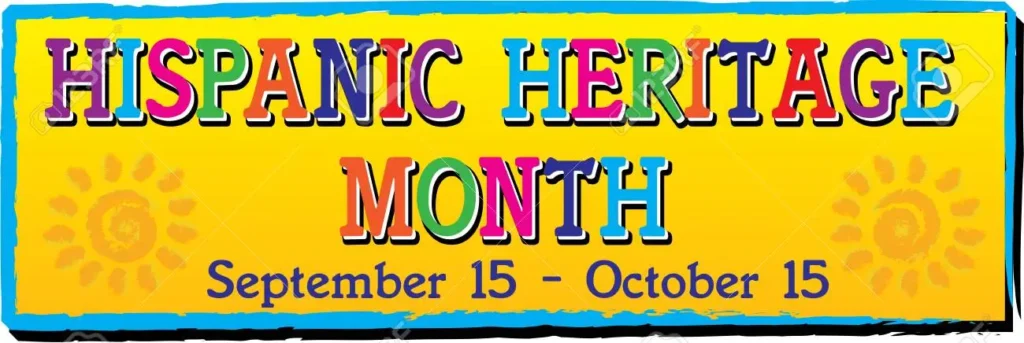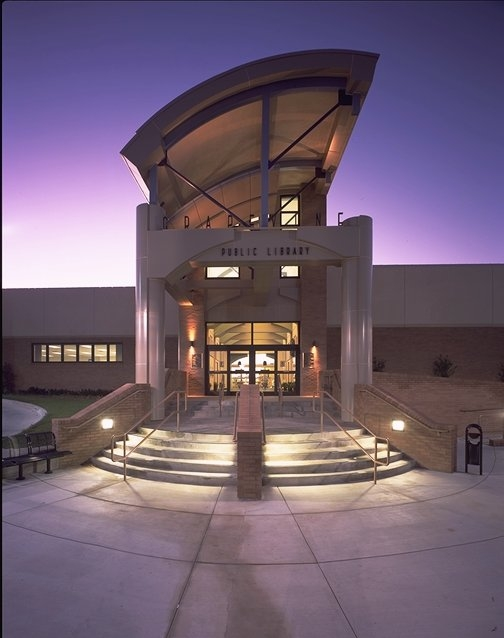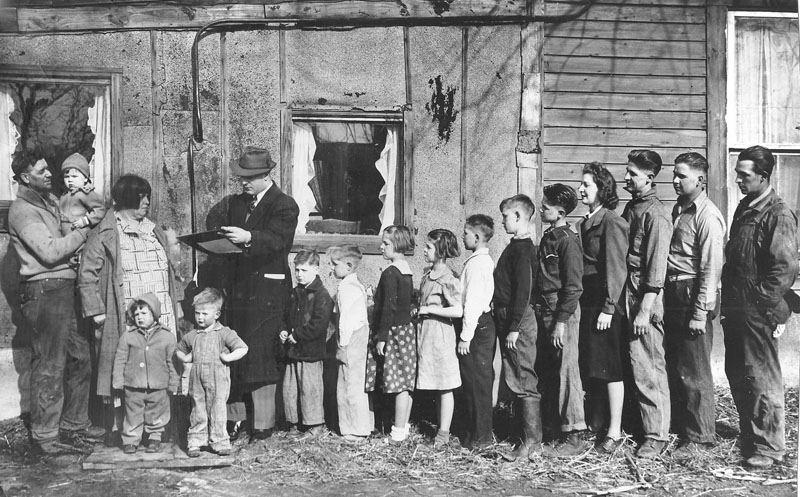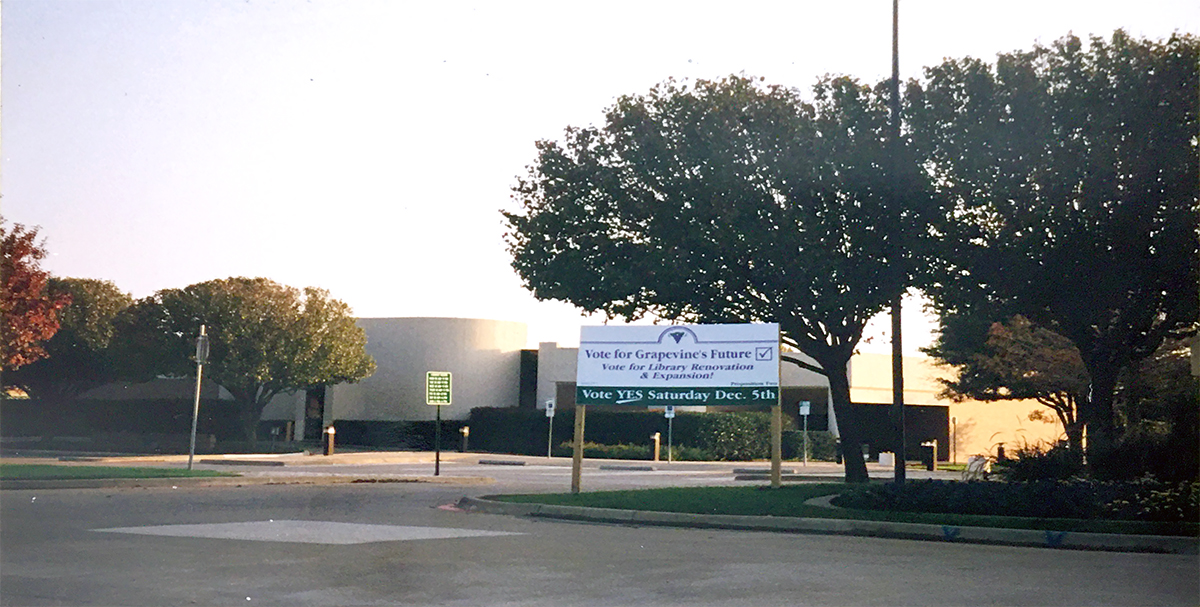Psychic Roots
If you’re a genealogist, October seems to be a good month to blog about psychic roots! Have you experienced coincidence or serendipity in your life? That chance combination of events over which you don’t have control but which nonetheless is beneficial to you in some unexpected way? This happens in genealogy, too! A researcher feels drawn to a particular place, or looks in a particular book or set of records for one thing, but instead discovers something very important to their research that he or she was not looking for, or even thinking about, at the time. Henry Z “Hank” Jones, Jr. has written two intriguing books on this very subject. The first is Psychic Roots: Serendipity & Intuition in Genealogy (Baltimore: Genealogical Publishing Co., 1993, repr. 2008), and the second is More Psychic Roots: Further Adventures in Serendipity & Intuition in Genealogy (Baltimore: Genealogical Publishing Co., 1997, repr. 2003)....












Recent Comments